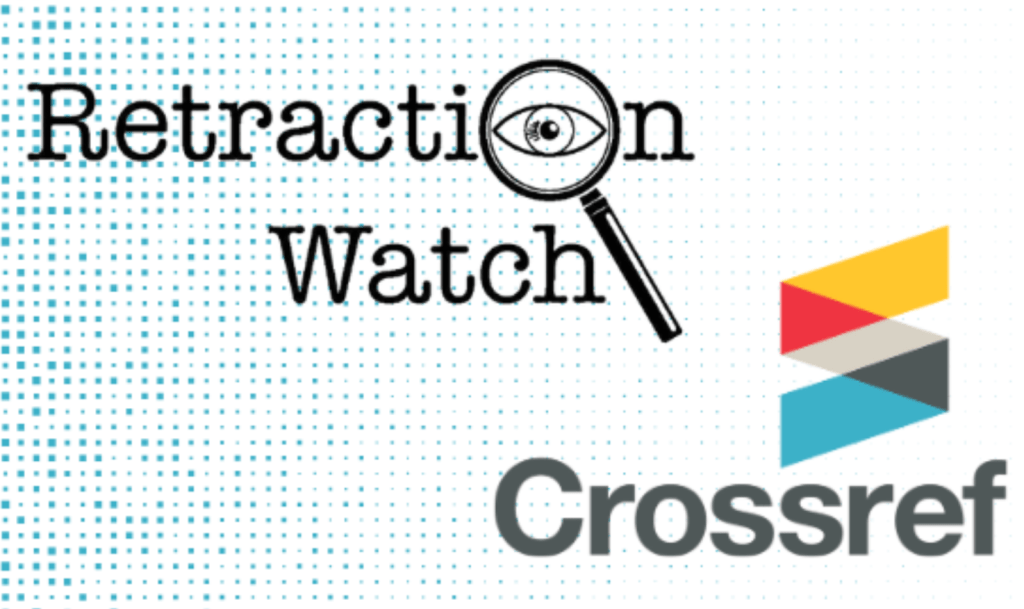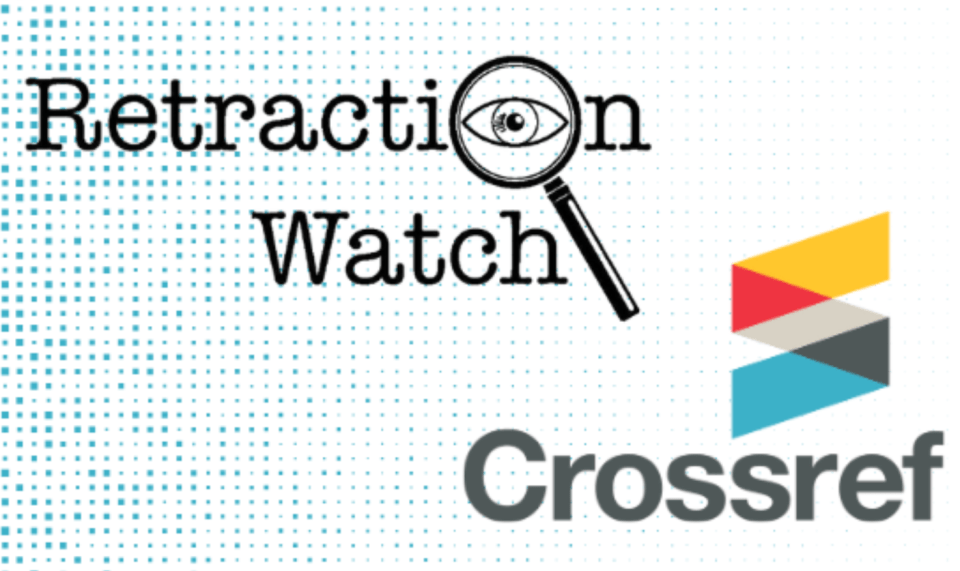
On September 12, 2023, Crossref, a not-for-profit membership organization aiming to make research easy to find, cite, link, assess, and reuse, formally acquired the Retraction Watch database, a comprehensive database of retractions. Retraction Watch began in 2010 as a journalism blog that aspired to “examine whether scientific correction mechanisms were robust” (Oransky, 2023). In 2018, with financial support from the MacArthur Foundation, the Arnold Foundation (now Arnold Ventures), and the Helmsley Trust, the Retraction Watch Database in its current form was officially launched.
The database was licensed to organizations to help researchers stay informed about current retractions. With Crossref’s purchase of the Retraction Watch Database, the database will now be completely open and freely available. According to a Crossref blog post, this agreement “will allow Retraction Watch to keep the data populated on an ongoing basis and always open, alongside publishers registering their retraction notices directly with Crossref” (Hendricks, et al., 2023). This agreement only pertains to the Retraction Watch Database - the Retraction Watch blog continues to be separate from Crossref, and will continue to independently investigate retractions and related topics. Crossref will remain a “neutral facilitator in efforts to assess the quality of scientific works” (Hendricks, et al., 2023).
So why does all of this matter? The volume of journal articles being published continues to grow. With so many articles being published, it’s difficult to keep track of articles that are later retracted. Researchers who want to avoid citing a retracted article in their papers have to put in a lot of time and effort into checking each reference on publisher sites for retractions, and it’s incredibly difficult to catch all retractions (Oransky & Lammey, 2023). It’s even more difficult for readers to know if a work they are reading is citing retracted articles. According to Hendricks et al., “combining efforts to create the largest single open-source database of retractions reduces duplication, making it more efficient, transparent, and accessible for all” (Hendricks et al., 2023).
Interested in learning more? Watch a discussion about this new collaboration:
References:
Hendricks, G., Lammey, R., Ofiesh, L., Bilder, G., Pentz, E. (2023, September 12). News: Crossref and Retraction Watch. Crossref blog. https://www.crossref.org/blog/news-crossref-and-retraction-watch/
Oransky, I. (2023, September 12). The Retraction Watch Database becomes completely open - and RW becomes far more sustainable. Retraction Watch blog. https://retractionwatch.com/2023/09/12/the-retraction-watch-database-becomes-completely-open-and-rw-becomes-far-more-sustainable/
Oransky, I., Lammey, R. (2023, September 27). Making retraction data freely accessible - Why Crossref’s acquisition of the Retraction Watch database is a big step forward. The London School of Economics and Political Science blog. https://blogs.lse.ac.uk/impactofsocialsciences/2023/09/27/making-retraction-data-freely-accessible-why-crossrefs-acquisition-of-the-retraction-watch-database-is-a-big-step-forward/
STM Publishing News. (2023, September 13). Crossref acquired Retraction Watch data and opens it for the scientific community. STM Publishing News. https://www.stm-publishing.com/crossref-acquires-retraction-watch-data-and-opens-it-for-the-scientific-community/



